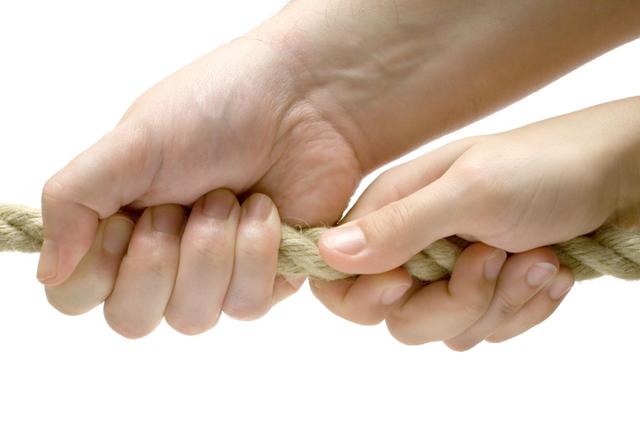| Complexity level: | 4 |
| Time required: | Required time is based on consideration for time needed to find participants and obtain materials. |
| Safety concerns: |
Overview
The endowment effect, also known as "status quo bias", was developed by economist Richard Thaler. The theory states that a person will value a particular possession more if he or she owns it. The owner of the possession will do more to avoid losing the possession than he or she would to gain it. This theory also suggests that the owner of a possession will attribute a higher value to the possession than an equivalent possession that they do not own. The endowment effect has been extensively studied as it relates to economic theory. It helps explain concepts, such as why human beings behave irrationally in situations of "sunk costs".
Scientific Terms
Materials
- Participants (a minimum of 8)
- Items for each participant (Inexpensive items will work fine. What is important is that all items are the same. In the experimental procedure, mugs of the same shape and size are used.
- Data sheet
Procedure
- Divide the participants into two groups: Group A and Group B.
-
Gather the participants of Group A and do the following:
- Advise them they are going to be part of an experiment.
- Give each participant a mug, telling them that they can use the mug during the course of the experiment in any manner they like.
-
For Group B, do the following:
- Advise them they are going to be part of an experiment.
- Give each participant a mug, telling them that this mug is a gift to them for their participation in the experiment.
- Bring the groups together in one room. Advise the groups that in the next 5 minutes they have an opportunity trade their mugs with other participants, if they so desire - however, it is not compulsory for them to do so.
- Observe the groups. Record your observations in the data sheet
- Which group engaged in trading more frequently, Group A: or Group B?
|
Group A |
Willingness to trade (yes or no) |
|
Participant 1 |
|
|
Participant 2 |
|
|
Participant 3 |
|
|
Participant 4 |
|
|
Participant 5 |
|
|
Participant 6 |
|
|
Participant 7 |
|
|
Participant 8 |
|
|
Participant 9 |
|
|
Participant 10 |
|
|
Group B |
|
|
Participant 1 |
|
|
Participant 2 |
|
|
Participant 3 |
|
|
Participant 4 |
|
|
Participant 5 |
|
|
Participant 6 |
|
|
Participant 7 |
|
|
Participant 8 |
|
|
Participant 9 |
|
|
Participant 10 |
References
"What is the endowment effect?" on the Wise Geek web site http://www.wisegeek.com/what-is-the-endowment-effect.htm

